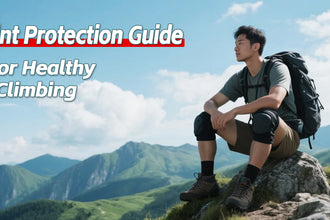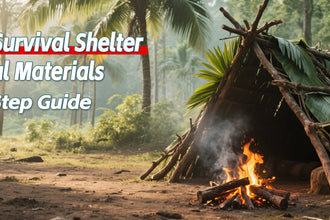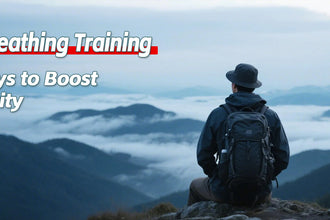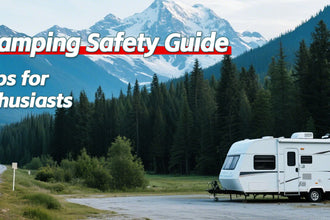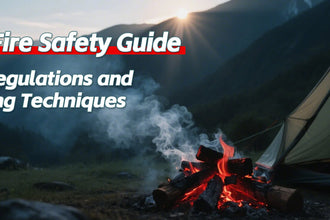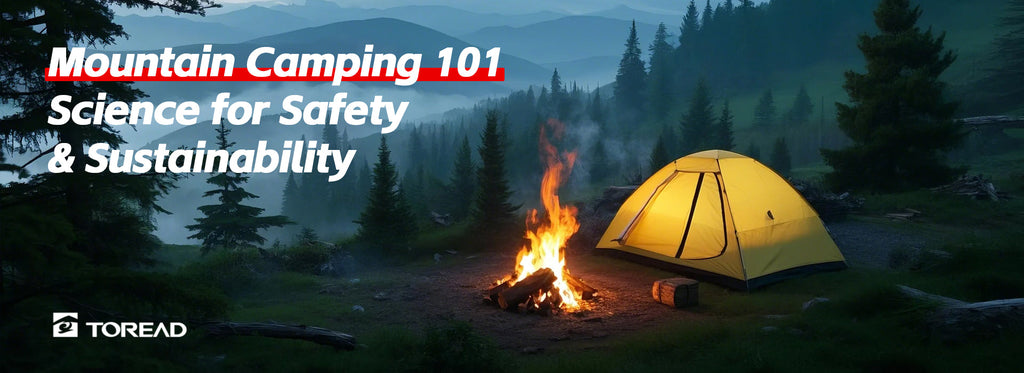

Mountain camping offers unparalleled access to pristine ecosystems, but its challenges—from unpredictable weather to fragile terrain—demand scientific preparation. This guide integrates geology, meteorology, and ecology to help adventurers minimize risks and maximize stewardship.
1. Site Selection: Decoding Geological Hazards
-
Slope Stability Analysis: Avoid slopes >25°, where gravity-driven soil creep increases landslide risks. Use a clinometer app to measure gradients.
-
Flood Zone Identification: Look for sediment deposits (rounded stones, silt layers) 10+ meters above waterlines—evidence of historic flash floods.
-
Wind Tunnel Effects: Steer clear of narrow valleys and cols, where the Venturi effect accelerates wind speeds by 30-50%.
Pro Tip: Cross-reference topographic maps with real-time satellite imagery (e.g., NASA Worldview) to spot hidden hazards like talus slopes.
2. Weatherproofing: Thermodynamics in Action
-
Condensation Control: Tent inner-outer layer spacing should exceed 5 cm to disrupt thermal bridging, reducing interior dew point by ~3°C.
-
Wind Chill Mitigation: A 15 mph wind at 50°F feels like 37°F. Deploy snow walls or rock windbreaks to deflect airflow.
-
Lightning Safety: If hair stands on end, crouch on insulating foam pads—reduce ground contact area to lower step voltage risks.
Data Insight: The National Park Service reports 62% of hypothermia cases occur in temperatures above 50°F due to wet clothing.
3. Leave No Trace: Ecological Footprint Calculus
-
Soil Compression Thresholds: Grassland soils recover from footprints in 2 weeks; alpine tundra requires 10+ years. Stay on durable surfaces.
-
Microplastic Management: Synthetic fleece sheds 1.7g microfibers per wash. Use Guppyfriend bags to capture 90% of particles.
-
Wildlife Buffer Zones: Cook 100+ meters from tents to deter bears. Odor-proof bags reduce food scent dispersion by 70%.
Case Study: In Colorado’s San Juan Mountains, designated camping zones cut vegetation loss by 44% (2022 USFS survey).
Conclusion:
Mountain camping isn’t just about survival—it’s a dialogue with Earth’s systems. By applying physics to tent pitching, chemistry to waste disposal, and biology to trail ethics, we transform recreation into conservation.






